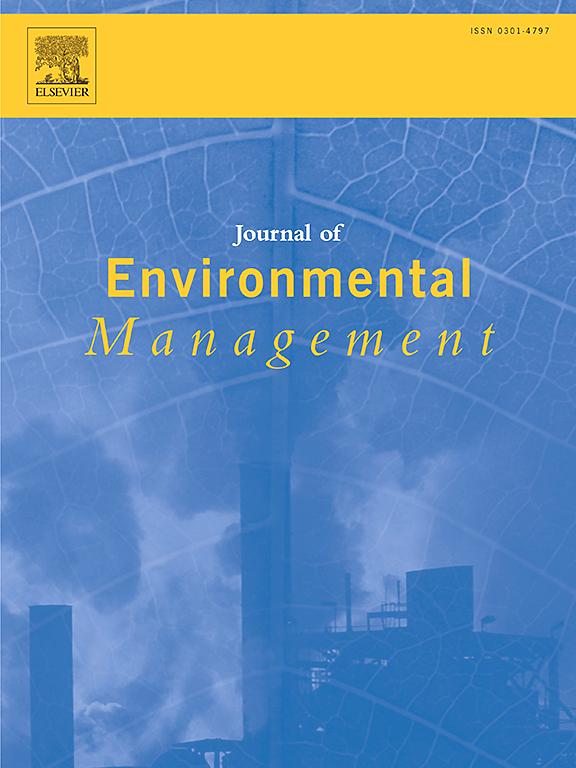Qualitative and quantitative assessment of Sargassum valorisation solutions for the Caribbean
IF 8
2区 环境科学与生态学
Q1 ENVIRONMENTAL SCIENCES
引用次数: 0
Abstract
The valorisation of Sargassum biomass into various products is seen as a promising solution to mitigate the environmental and economic disruptions caused by massive Sargassum inundations in the Caribbean region. Different applications of Sargassum valorisation have previously been explored but economic assessments of these solutions are absent from publicly available literature which has hindered informed investment support decisions aimed at addressing the biomass influx. A semi-qualitative stakeholder-engagement approach was used to assess 12 Sargassum value chains, with the aim to identify valorisation solutions favourable for investment support and provide indicative costs of implementation. Value chains included biochar; biogas; biofuel; construction materials; liquid bioplastic; powdered bioplastic; flake fertiliser and compost; liquid fertiliser; powdered fertiliser; biotechnological chemical derivation; Sargassum for consumption; and Traditional Chinese Medicine (TCM). The assessment included qualitative comparison according to indicators for an effective solution regarding Sargassum resource dynamics and the Caribbean development context. Quantitative assessment involved model development to compute internal rate of return (IRR), net present value (NPV), and payback period for each solution. Simple value chains were developed as the basis for comparison, and data from previous research and current market prices were used. Biochar, biogas, and compost and fertiliser value chains were recommended for investment support due to favourable model indicators (positive IRR and NPV, low payback period), low-startup investment requirements, scalability potential, low technological processing and skills requirements, value addition potential, adaptability to varied quality of Sargassum biomass and supply challenges, and capacity to consume large amounts of biomass for addressing mass inundations.
求助全文
约1分钟内获得全文
求助全文
来源期刊

Journal of Environmental Management
环境科学-环境科学
CiteScore
13.70
自引率
5.70%
发文量
2477
审稿时长
84 days
期刊介绍:
The Journal of Environmental Management is a journal for the publication of peer reviewed, original research for all aspects of management and the managed use of the environment, both natural and man-made.Critical review articles are also welcome; submission of these is strongly encouraged.
 求助内容:
求助内容: 应助结果提醒方式:
应助结果提醒方式:


